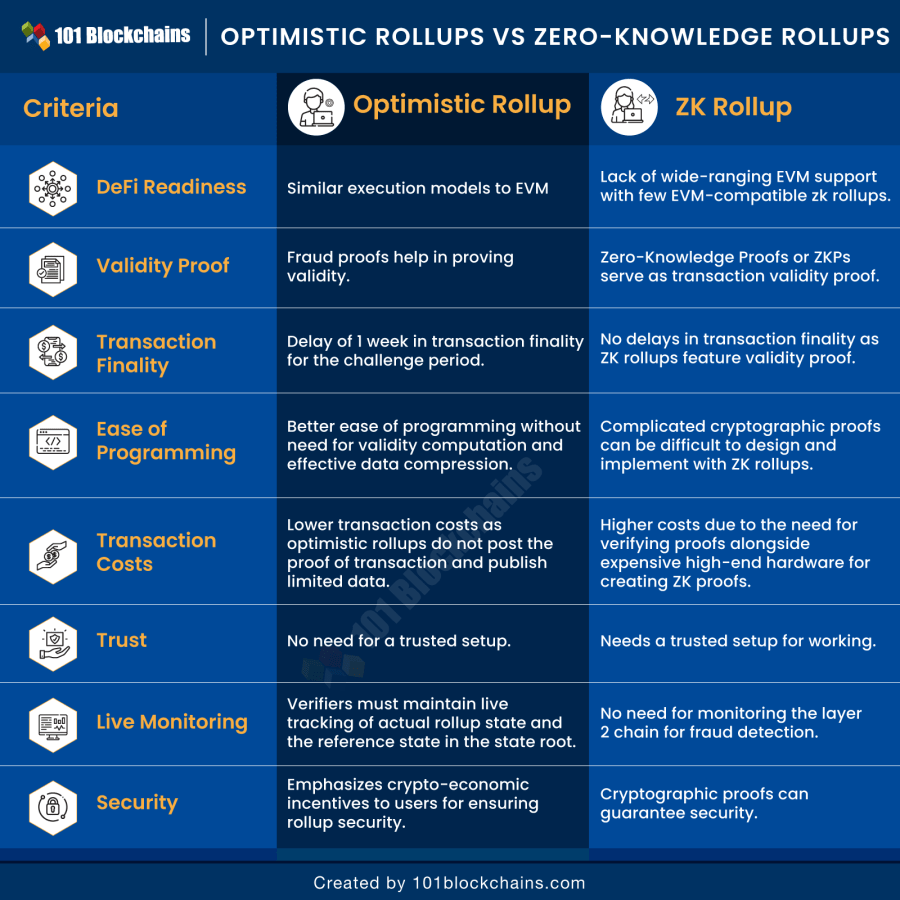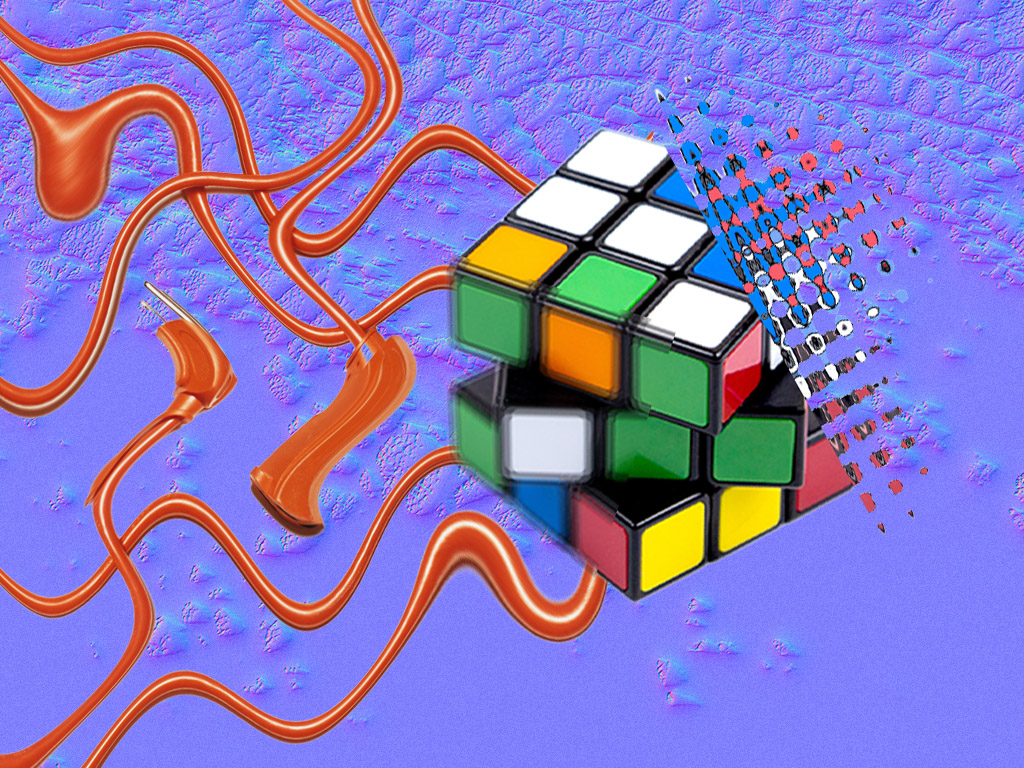Zero-knowledge technology: By now you should’ve heard one too many times about FTX’s collapse, its contagion effects across the whole crypto industry and what many are calling the end of crypto. However, this is just a blip on the radar of bigger and better things. Public perception of crypto has always ebbed and flowed depending on what’s happening in the industry and 2022 has certainly been a trying time, but one thing that has not wavered is the technology behind it.
Blockchain technology is a public, decentralised and distributed ledger, where participants may store, exchange and create transactions in cryptocurrencies. It records, validates and stores transaction data on-chain to ensure the integrity of transactions, as well as autonomous processing even without a trusted centralised party.
As blockchain becomes more popular the number of users will increase, along with transaction throughput on the network. At the moment, blockchains such as the Ethereum network struggle with a scaling issue, which means that they cannot keep up with the growing number of transactions, leading to slow network speed and high transaction costs (i.e. gas costs).
To onboard more new users, it is imperative that the scalability issue be resolved. The recent emergence of Zero-Knowledge technology (ZKTech) in blockchain applications and its implementation across several practical use cases has been deemed as one of the most promising solutions to mitigate this scalability issue.
What is Zero-Knowledge technology?
ZK Proofs
Zero-Knowledge Proof (ZK Proof) is a cryptographic technique where one user (the prover) can prove to another user (the verifier) that a statement is true without disclosing any information about the statement itself to the verifier or the public.
There are two main types of ZK Proofs:
- ZK-SNARKs: Zero-Knowledge Succinct Non-Interactive Argument of Knowledge protocols. Some important information to be aware of:
- ZK-SNARKs’ proof size is smaller, meaning it can be verified quicker as it requires less on-chain storage and gas.
- Zcash was the first project to implement ZK-SNARKs, and other more recent adoptions include privacy chains such as Aztec 2.0, MINA protocol, and general purpose networks such as zkSync. To learn more about Zcash’s trusted setup, check out this video.
- A drawback to ZK-SNARKs was it required an initial trusted setup, where a secret key must be generated to create initial proof parameters. If someone was able to access the private key that was used to create the parameters of the proof protocol, the system could end up compromised. However, recent iterations of ZK-SNARKs do not require trusted setups and are post-quantum secure, meaning they can provide more protection from quantum computers (which can potentially break some of the most secure encryption methods).
- ZK-STARKS: Zero-Knowledge Scalable Transparent Argument of Knowledge protocols. But take note of the following:
- ZK-STARKs are a more recent introduction pioneered by StarkWare. They are constructed with a different type of cryptography – hash functions (mathematical functions that convert data of an arbitrary size into a fixed-size value) rather than elliptic curve algorithms (based on an algebraic trust of elliptic curves) used in SNARKs, eliminating the need for trusted setups. ZK-STARKs are also quantum-resistant, meaning the technology is more future-proof.
- That being said, STARK proofs generally take longer to verify due to larger byte sizes (10-100x).
Quick Comparison (SNARKs vs STARKs)
As the technology of SNARKs and STARKs continue to evolve, new networks such as Polygon Hermez 2.0 have included a combination of both solutions to optimise for speed and scale.
Recently, ZK Proofs and relevant technologies have enjoyed rapid adoption by developers in crypto, Web3 and decentralised finance (DeFi). For example, both ZK-SNARKs and ZK-STARKs have been used to develop execution platforms (i.e. rollups) on top of the Ethereum blockchain to help abstract and bundle transactions on Layer-2 to increase transaction speed and reduce gas costs.
In addition, centralised exchanges are also eager to adopt ZKTech in their user data extraction process for the periodic Proof-of-Reserve exercise, so that exchanges can verify their users’ assets and liabilities without compromising details of the users’ info and their respective positions.
Optimistic Rollups vs ZK-Rollups
A rollup is a Layer-2 scaling solution built on top of a Layer-1 smart contract blockchain network. They compile many transactions into one proof to be verified and then submit them to the base Layer-1. At the moment there are two main kinds of rollups:
- Optimistic Rollups: here, when a validator posts a new transaction, the smart contract on Layer-1 assumes the validator is telling the truth and accepts the state transition. It doesn’t check the transaction until it is alerted that a fraudulent proof has been posted. This is why it’s called ‘optimistic’.
- ZK-Rollups: they are often seen as a safer bet because they use a trustless cryptographic set-up to ensure the security of each proof.
Most notably, many rollups have been deployed on the Ethereum network, and have gained traction with four times the daily transactions of Bitcoin and account for half the traffic in DeFi. Currently, Ethereum is being operated at 11 transactions per second (TPS) which is still slow, compared to an average of 5,000 TPS on credit cards and 500 TPS on SWIFT payments.
This is where ZKTech comes in. Ethereum’s co-founder Vitalik Buterin stated that, optimistically, ZKTech increases Ethereum’s transactions to approximately 4,800 per second.

Why are there ZKWars?
With any innovative technology, it takes time to prove its potential and develop its capabilities. The number of projects within the blockchain and the Zero-Knowledge space is growing at a rapid rate and each protocol competes to be the first to market and to be the best.
This has led to what has been called the ‘Wars’. It is important to note that ZK Proofs have so far been used on networks for two main purposes: privacy (Aztec) and/or scalability (zkSync, StarkNet). Some of the projects include:
– zkSync: a general-purpose solution that utilises ZK-SNARK technology, with zkSync 2.0 featuring zkEVM compatibility where developers may write smart contracts in Vyper/Solidity and also support existing Ethereum wallets.
– StarkNet: a general-purpose public Layer-2 blockchain enabling dApps to scale. StarkNet leverages on ZK-STARK proof technology, with a codebase in proprietary Cairo programming language, to establish itself as a future-proof technology.
– Polygon Hermez / Zero / Miden: a ZK-rollup solution specifically designed to reduce the computational cost of generating validity proofs through recursive proofs. Polygon’s three products approach focuses on achieving: speed-to-market, EVM expertise (Hermez), enhanced optimisation (i.e. Zero), and STARK capability (Miden).
– Aztec: a privacy-first ZK-rollup on Ethereum bringing confidentiality and cost savings to the Ethereum ecosystem. Aztec Connect allows any Ethereum protocol to be integrated with Aztec’s private roll-up easily, with the promise of up to a 100x reduction in cost compared to Layer-1.
– Scroll: an EVM-compatible ZK-rollup solution with the shortest finalising time compared to other Layer-2 solutions.
** Notes in relation to the above: StarkEx, Polygon Nightfall, Polygon ID and Loopring are not built with the aim to be general-purpose Layer-2s; they are specific-purposes scaling engines, enterprise solutions, authentication protocol and/or payment protocol.
The various innovations and approaches to developing the ZK-rollup Layer-2 will be instrumental in creating new use cases and best practices across the different Layer-2s. It is also expected that the different Layer-2s will develop their own niches, specialised use cases and market positioning to service a wider segment of crypto users. This will lead to better technology, more users on the platforms, bigger businesses, more capital flows and more investments, at which rate your digital assets will likely also increase in value as a result.
Zero-Knowledge: ZKrollups
ZK-rollup Layer-2s are expected to take on a more prominent role in the crypto space as zkSync and StarkNet roll out their production versions in 2023. Further to the gradual upgrade in speed and decrease in transaction costs, ZK-rollups will continue to deliver enhanced UX, enabled by account abstraction, recursive proofs and choice of on-chain/off-chain data availability (i.e. StarkNet’s Validium vs. Volition). Protocols building on ZK-rollups will become more sophisticated and continue to develop more intuitive features and interfaces for DeFi, Gaming, NFTs and other applications.
Development in Layer-2 cross-chain bridges, like Orbiter Finance, will be key to bridging the capital and usage across the various Layer-2s – including Optimism, Arbitrum, zkSync and StarkNet. It is expected the user interfaces (UI) of the bridges will become more integrated with the protocols on Layer-2s and their bridging process will become seamless and unnoticeable by users. This will help to resolve a major puzzle in the Layer-2 landscape of fracturing capital across the various Layer-2s without composability.
Conclusion
At the moment, blockchain technology has the infrastructure to handle a cottage industry and is looking to build a nation. ZKTech is the solution that will gain mass adoption through a secured cryptographic technique that facilitates the execution of transactions and computation at scale, making blockchain scalable without compromising decentralisation and security.



